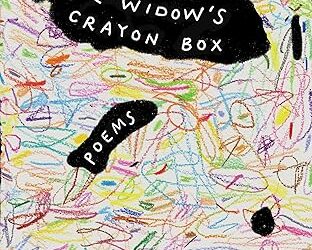A Poet’s Nanaimo
Let’s Make Some Poems!
As we approach World Poetry Day on March 21st and Poetry Month in April, I have a few writing circles coming up with a focus on reading and writing poems. Maybe you’d like to join me on Zoom or in person in Nanaimo? (You’ll find info below about a one-day...
The Sacred Heart Motel
The cover of The Sacred Heart Motel by Niki Hoi (Metonymy Press, 2024) is delightful. The drawings of domestic scenes appear to be done in oil pastel so have a softened effect with rounded edges.The poems inside Grace Kwan’s (they/them) debut collection...
The Notebook
The Notebook: A History of Thinking on Paper by Roland Allen (Biblioasis, 2024) is a fascinating chronology from the zibaldoni kept by the people of Florence in the mid-fourteenth century to record poems in Tuscan, prayers, excerpts from books, songs...
The Widow’s Crayon Box
After her husband Michael Groden (1947 - 2021) died, Molly Peacock cried for twenty-eight days straight she says in Best Canadian Poetry 2025 in which one of her poems, “Honey Crisp” from her new collection, The Widow’s Crayon Box (W. W. Norton, 2024) appears.“On the...
Lytton (a town, a book, an art show)
The authors of Lytton: Climate Change, Colonialism and Life Before the Fire (Penguin Random House, 2024) have written a beautifully readable history of the town that holds many fond memories for them. There are probably many who didn’t know of British Columbia’s hot...
A Life in Pieces
In one of her essays, “Virginia Woolf’s Commas” in the “Late” section of A Life in Pieces (Thistledown Press, 2024), Jo-Ann Wallace writes of typing Woolf’s Mrs. Dalloway “from beginning to end.”“There is something surprisingly intimate about entering text in this...






